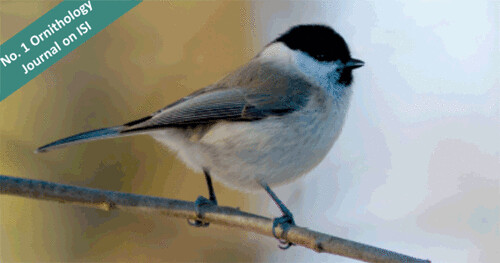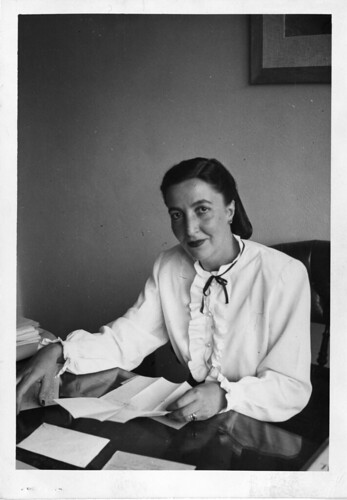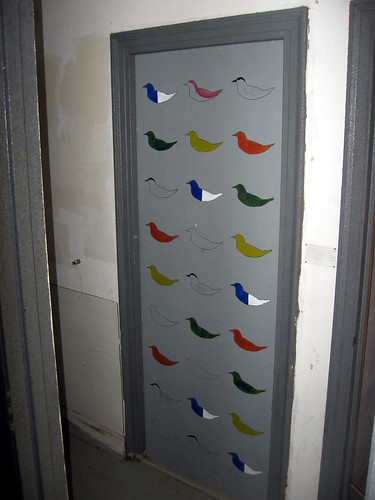Some cool ornithology journals images:
journal-avian-biology

Image by Wiley Asia Blog
wileyasia.wordpress.com/2012/06/30/top-ornithology-resear...
Carolina Amor du Fournier

Image by Smithsonian Institution
Description: Carolina Amor du Fournier was associated with the Mexican journal La Prensa Médica Mexicana and was editor of Hummingbirds and Orchids of Mexico (1963).
Creator/Photographer: Watson Davis
Medium: Black and white photographic print
Persistent URL: http://photography.si.edu/SearchImage.aspx?id=5850
Repository: Smithsonian Institution Archives
Collection: Accession 90-105: Science Service Records, 1920s – 1970s - Science Service, now the Society for Science & the Public, was a news organization founded in 1921 to promote the dissemination of scientific and technical information. Although initially intended as a news service, Science Service produced an extensive array of news features, radio programs, motion pictures, phonograph records, and demonstration kits and it also engaged in various educational, translation, and research activities.
Accession number: SIA2008-1415
Bird Polyamory ("Roseate Trio Commemorative Door")

Image by Sapphireblue
And I quote:
"In the summer of 1991, three roseate terns (naked, blue-white, incoloy [note: these terms describe the birds' leg bands]) nested together for the first time in ornithological history. Three roseate chicks (orange, green, yellow) were born on the retaining wall east of M2A. They all successfully fledged. Perhaps one day, they each may have two mates as well."
This is astounding, and wonderful, and super super cool.
The journal article "Roseate tern trio fledges three young" by Helen Hays, in the July 1993 edition of the journal of the American Ornithologists' Union ("The Auk"), has details. Included is that the trio was believed to be 2 females (both of whose eggs were present in the nest) and a male. Helen also notes in her article that under no circumstances had she ever seen 3 chicks survive to fledge out of the same roseate nest, and that for it to have happened in this nest required a very unique confluence of circumstances.
I believe I heard Helen say over dinner one night---if I'm not mistaken---that a very large percentage of the terns born on GGI do come back sooner or later for nesting. I wonder if the three chicks ever did? I'd love to know if there was ever any epilogue to this tale of three birds with two mommies.

No comments:
Post a Comment